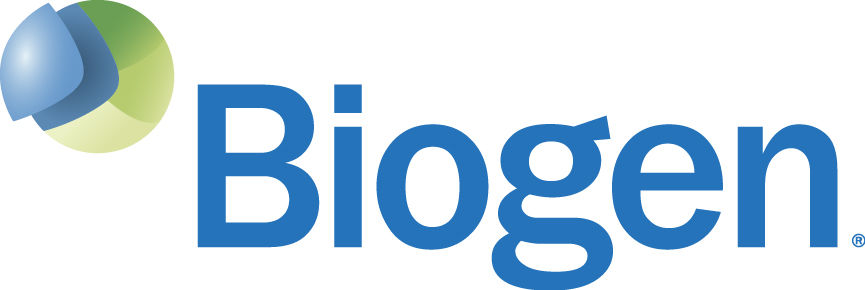OBJECTIVEThe purpose of this analysis was to assess the differences in lost time and health-benefit costs (HBCs) among employees treated with disease modifying treatments (DMTs) for multiple sclerosis (MS).STUDY DESIGNEmployees with an MS diagnostic code (ICD-9 340.xx) and a DMT prescription claim (1/1/2001-6/30/2007) were identified from the HCMS Research Reference Database and assigned to DMT cohorts. The first prescription for the DMT was used as each person's index date. One-year outcomes included HBCs and absenteeism (lost time, comprising sick leave [SL], short- and long-term disability [STD/LTD], and workers' compensation).METHODSDemographics were compared using t-tests for continuous variables and chi-square tests for discrete variables. Two-part multivariate regression modeling (logistic regression combined with generalized linear regression) was used to determine annual HBCs and absenteeism for each cohort controlling for age, gender, job-related variables, and Charlson Comorbidity Score. All cost variables were inflated to US$2007.RESULTSAnnual ranges among the DMTs were: HBCs $17,953-26,970 and absenteeism 7.33-20.67 days. Compared with glatiramer acetate ('C'), IFN-beta1a IM ('A') users had lower SL ($445, p = 0.0469) and STD ($969, p = 0.0164) costs; and IFN-beta1b ('B') users had lower medical costs ($2143, p = 0.0091). In addition, those treated with 'A' had 4.2 fewer SL days (p = 0.0101) compared with those treated with 'C'.CONCLUSIONSPatients treated with 'A' reported significantly lower SL costs, SL days, and STD costs than patients treated with 'C', suggestive of greater real world benefits with 'A'. Despite small sample sizes and the retrospective nature, the study provides interesting insights into the use of DMTs in MS. The study also revealed important areas of future research, specifically the need for development of methods to determine which MS patient groups respond best to which DMT treatments.







